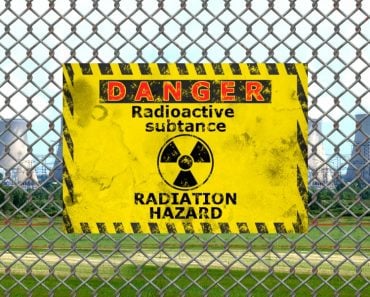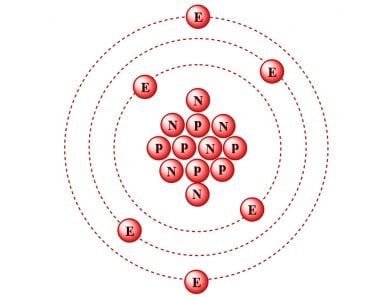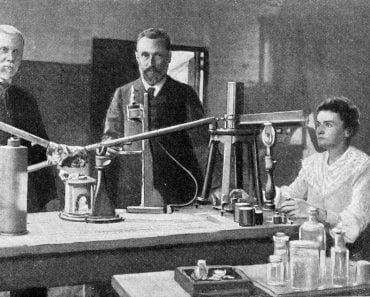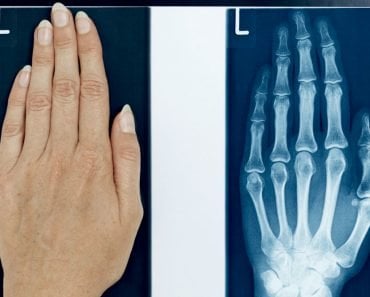The miraculous discovery of Radium once took the world by storm, but this substance is now handled with extreme care due to the dangerous side effects, owing to its radioactivity.
Radium is synonymous with a faint glow-in-the-dark green color, but what if I told you that radium actually gives out a light blue aura, and not a green glow? Even though it sounds implausible, it’s the truth!
Ever since its discovery, the 88th element on the periodic table and its spooky radioactive rays have been a part of many unbelievable trends and events. Some of them are responsible for how the world still treats radioactive elements today!
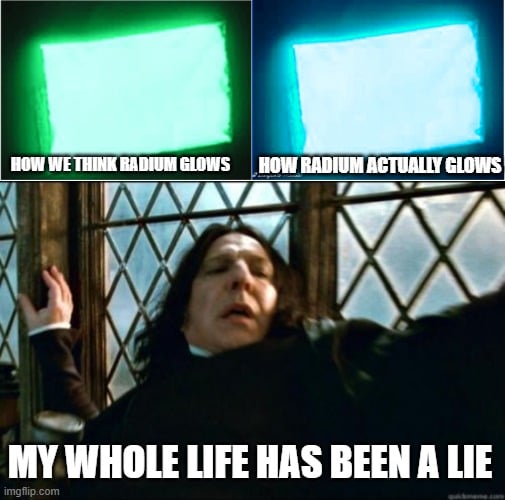
Recommended Video for you:
Marie Curie And The Discovery Of Radium
Marie Curie’s journey in science was well on its way when French physicist Henri Becquerel started tinkering with his collection of luminescent salts (a collection he inherited from his father).
During a few days of overcast skies in Paris, Becquerel discovered the unusual rays emitted by uranium salts. These rays, which he later named Uranic rays, could expose a photographic plate and create silhouettes.
Around this same time, Marie Skaldoswska Curie was working on magnetism with her husband, physicist Pierre Curie. She was in search of a topic for her doctoral thesis. The mysterious uranic rays caught Pierre’s eye, who suggested she take up the subject for her work.
Marie then carried forward Becquerel’s torch and started investigating the properties of Uranium rays. After closely studying the rays and their electrical effects, she concluded that uranium rays were an inherent property of the Uranium atom. The behavior of the rays only depended on the atomic structure and the concentration of uranium atoms and was independent of any other external factor. This realization gave birth to the term Radioactivity.
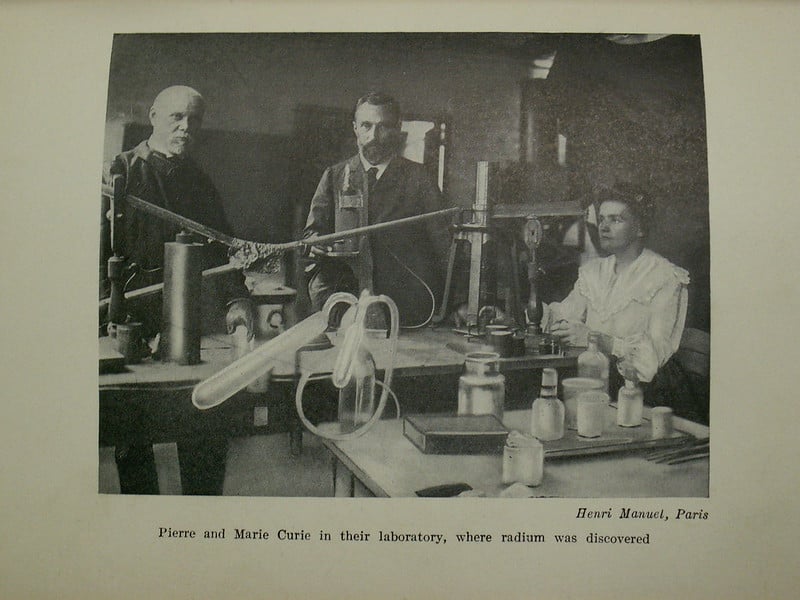
Her curiosity about pitchblende (the oxide ore of uranium) did not end with the discovery of radioactivity. She observed that the radioactivity shown by the ore was 4 times greater than the level of uranium metal, which meant that something more radioactive was hidden in the ore.
The Curies then shouldered the herculean task of isolating the radioactive elements out of an old abandoned shed that had previously been used in the dissection room by the school of medicine.
They boiled almost 20 kgs of the ore in cast-iron cauldrons, dissolving them as necessary with solvents or acids for separating, and what they found was 30 different elements. After years of extensive trial and error, Marie and Pierre Curie discovered Polonium, which was named after Marie’s homeland, Poland, and was determined to be 60 times more radioactive than Uranium.
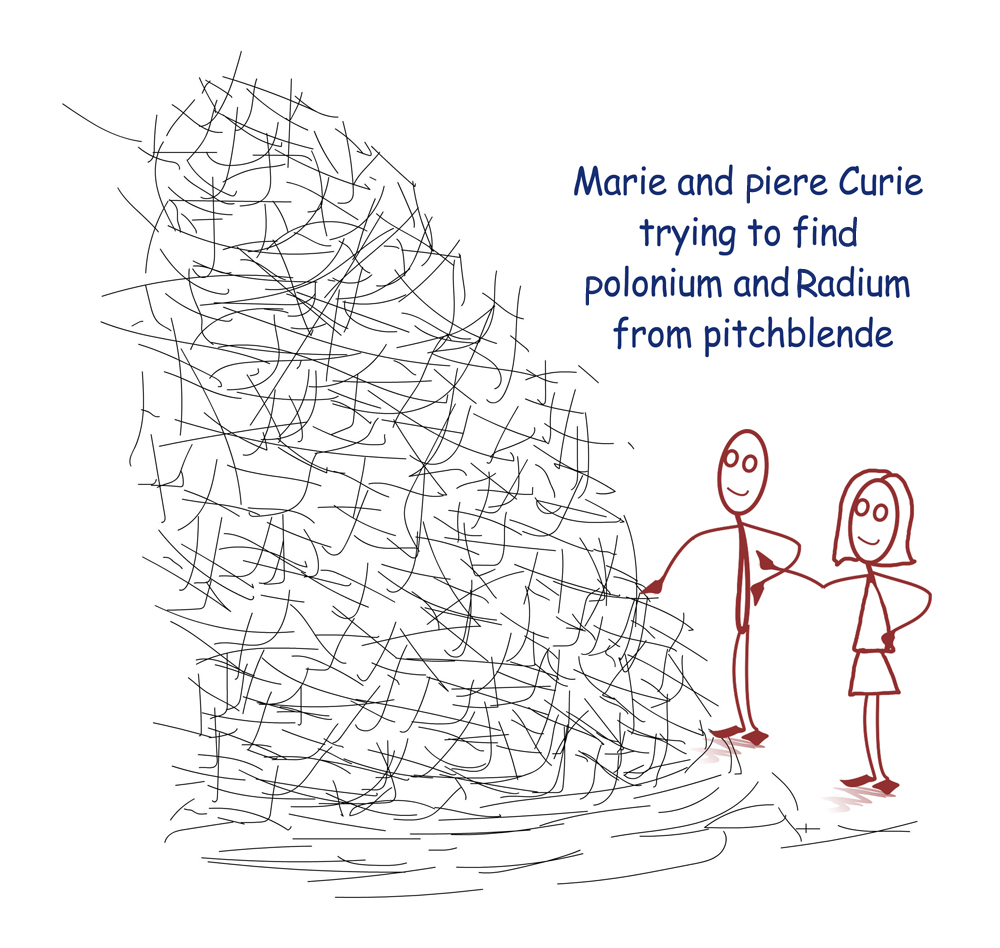
However, the only radioactive element they successfully isolated was Radium (a salt of radium, actually), which was an element ~400 times more radioactive than Uranium. This discovery marked the beginning of a new epoch in chemistry.
The Radium Rage: How Radium Became So Popular
Marie Curie, in her autobiography, reminisces on the joyous feeling of going back to their lab at night. The sight of the luminous bottles and vials in which they stored the isolated radium was something very lovely and new. They glowed in the dark like faint, fairy lights; that beautiful glow and the substance’s ability to destroy tumors without tearing the skin made Radium one of the greatest obsessions of the western hemisphere in the early 1900s.
Radium was treated like an elixir that could treat any ailment known to mankind. This school of thought became popular when eminent scientific minds made statements like, “Radioactivity prevents insanity, rouses noble emotions, retards old age, and creates a splendid youthful joyous life”. A new form of chemotherapy was developed, called the “sipping cure”, where patients suffering from cancer were given water infused with radium.
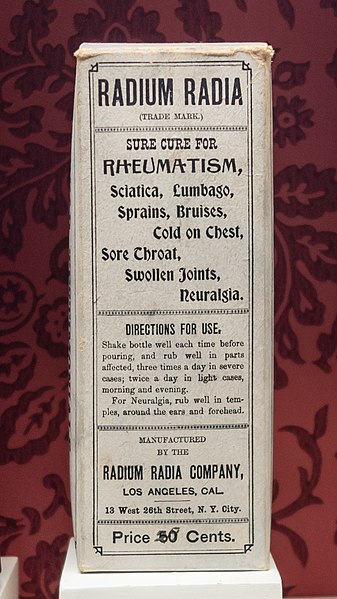
Since radium was very expensive and rare, the elites of society supposedly hosted exclusive “sunshine dinners”, where the guests were served “liquid sunshine” cocktails with small vials of radium in them. The guests claimed that the consumption of the cocktails filled them with great vigor.
Ridiculous Radium Products
The radium trend quickly translated into quackery as it entered the commercial world. Companies started selling radium-based consumer products that made truly bizarre claims.
The market was filled with products like cigarette holders with radium that could eliminate the harmful effects of smoking. There were radium-laced solar heating pads for recharging the blood and nervous system with a life-giving radioactive current. Radium soaps, creams, and cosmetic products for radiant skin (they took the term glowing skin quite literally) were all the rage.

The food industry was also involved; people could enjoy the benefits of radium in food in the form of chocolates, butter, bread, and beer. The most popular range of products was radium-enriched bottled water or ceramic jugs laced with traces of radium, as these products claimed to gift mankind the wealth of radiating health.
To read about more radium products from the past, click here.
Radium Girls
Radium reached its peak of popularity during the first world war. Tactical products like glow-in-the-dark compasses, ropes, flashlights, and watch dials were in high demand. These items were painted using radium-based paint called “Undark”.

Undark was a mixture of a tiny amount of radium, zinc sulfide, and gum Arabic adhesive, which when painted on surfaces, gave off the characteristic green glow that we relate to radium. Again, radium has a blue glow, but its interaction with zinc sulfide gives it a green hue!
In 1917, the US Radium corporation hired young girls and women to paint watch dials with Undark. The painters were encouraged to shape the tip of the paintbrush with their lips, to make the tip of the brush as precise as possible. The media was constantly pushing the positive effects of anything containing radium, leading women to sometimes even paint their lips, teeth, and nails with glowing paint.
Radium Poisoning
Little did anyone know that the women ingesting radium day after day while wetting their brushes were becoming ill; the radium was eating them up from inside. Our body mistakes radioactive radium for calcium when ingested, so the body keeps replacing the calcium in our body with radium, which leads to necrosis in the bones and teeth.
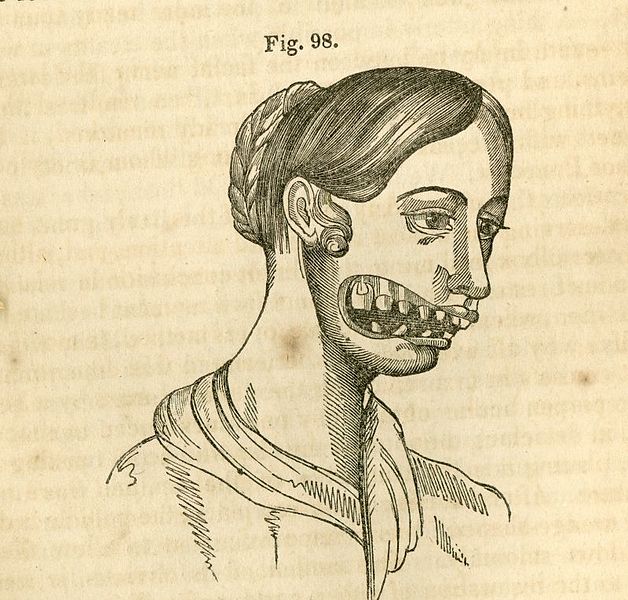
Eventually, some of them started developing symptoms, such as decaying teeth, anemia, weak jawbones, and for some… even death. They complained to their employer about it, but no action was taken.
Their plight and the harmful effects of radium didn’t receive much media attention until the demise of a millionaire due to radium poisoning. Eden Bryers died after consuming Radithor (radium-infused water) multiple times a day for its supposed health benefits.
The Radium corporation tried to deny the claims of their employees for a very long time, but in the 1950s, they started receiving backlash from different parts of the country. Women who worked with radium-based paints were suffering from unforeseen ailments and many of them had succumbed to the side effects.
These events led to historical litigation between the US Radium Corporation and the Radium Girls. They sued the company for medical compensation for the victims, and also demanded strict safety standards for the handling and usage of radioactive materials. Their fight for justice has made our world a much safer place when it comes to radioactivity. The clicking sound of a Geiger counter over their lead-lined coffins is a reminder of how their actions saved thousands of lives that came after them.
Conclusion
Once so popular that it inspired Broadway musical pieces like “Radium Dance”, radium now invokes nothing but fear. The only modern use of radium is the targeted treatment of prostate cancer cells, a procedure that is carried out under highly regulated conditions.
People’s reactions to radium back then might sound foolish to those of us in the 21st century, but today’s society is just as prone to falling prey to a trend based on a few anecdotal pieces of evidence. So, with that in mind, let the journey of radium be a cautionary tale, reminding us of the dangers of following a fad with little or no research/data to back it up!
References (click to expand)
- J Yoon —. Radithor: A Brief Study of Radioactive Quackery. Stanford University
- Liquid Sunshine – Thinking Food - thinkingfood.org
- Marie Curie: Discovery of Radium - BRIEF Exhibit. The American Institute of Physics
- Cantrill, V. (2018, July 20). The realities of radium. Nature Chemistry. Springer Science and Business Media LLC.
- Radium Historical Items Catalog - Final Report.. The Nuclear Regulatory Commission
- Editor) K. M. (. A. (2017). The Radium Girls: The Dark Story of America's Shining Women. Sourcebooks, Incorporated

